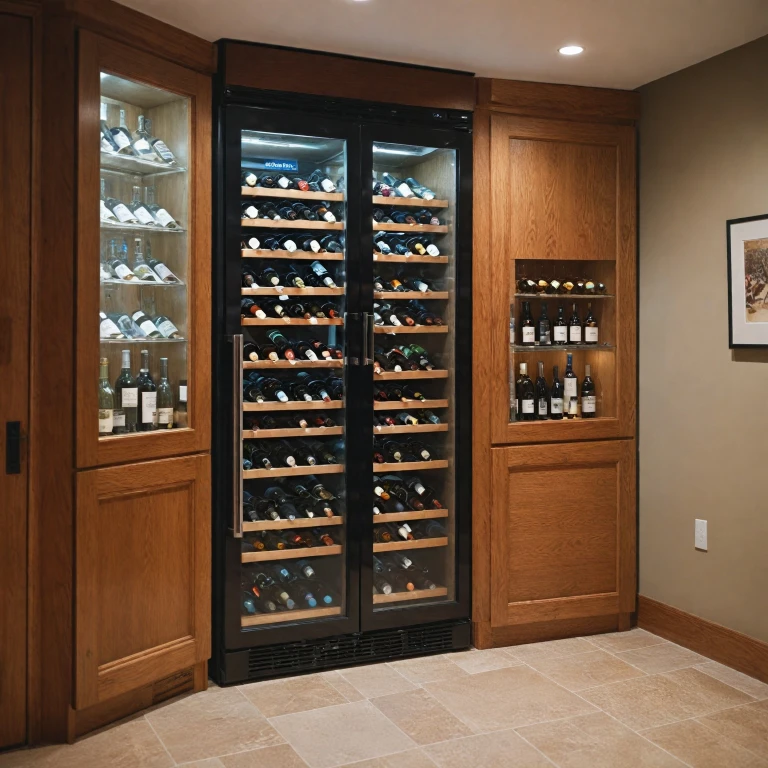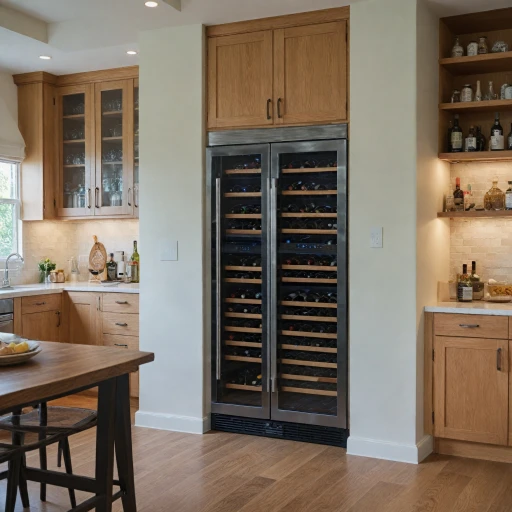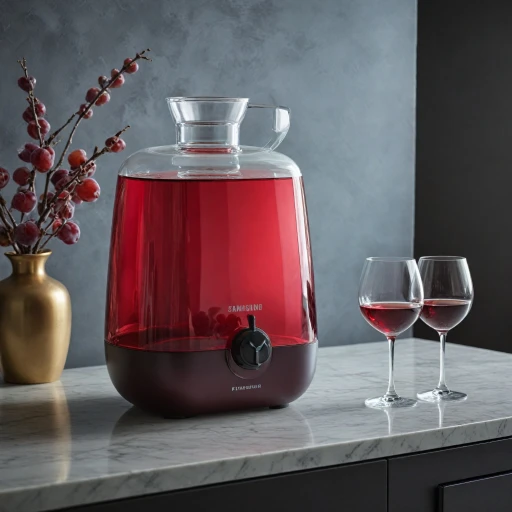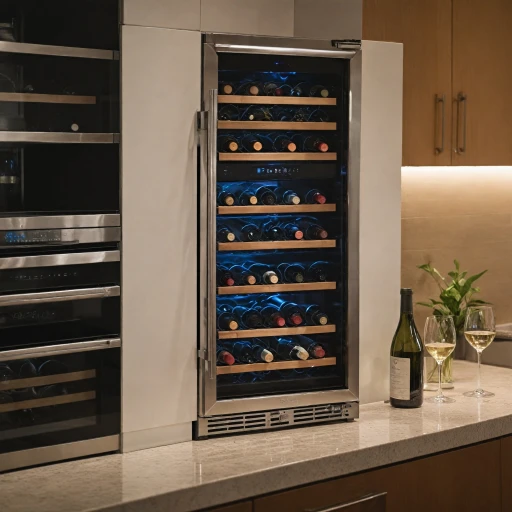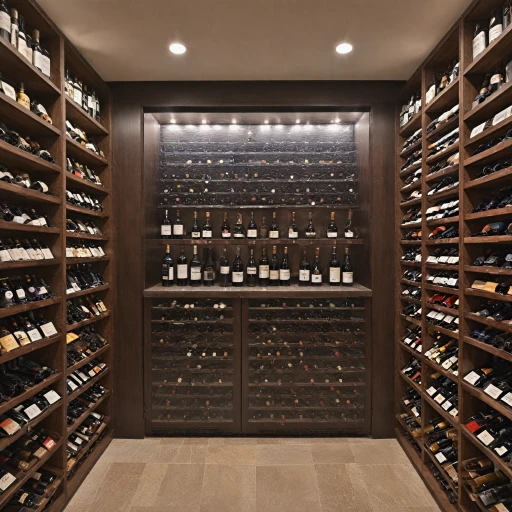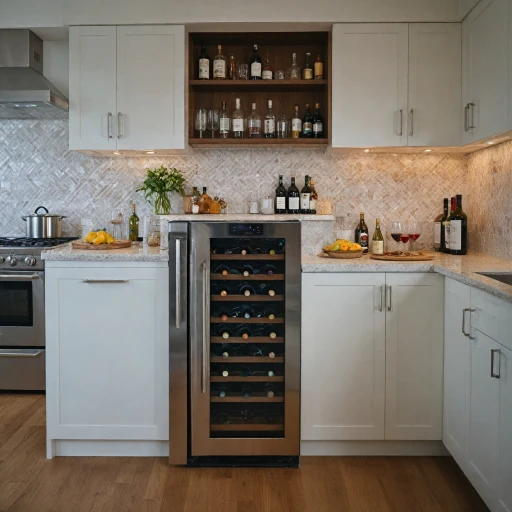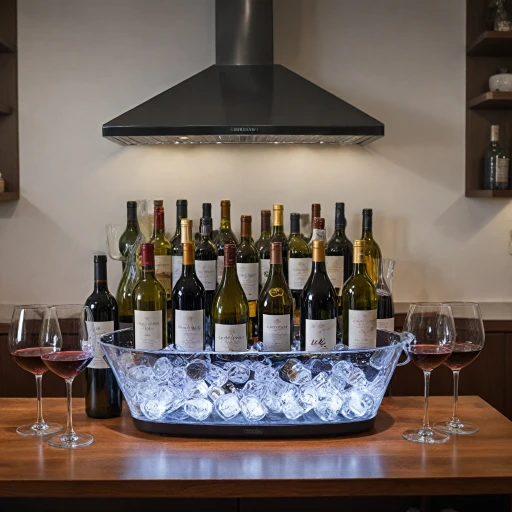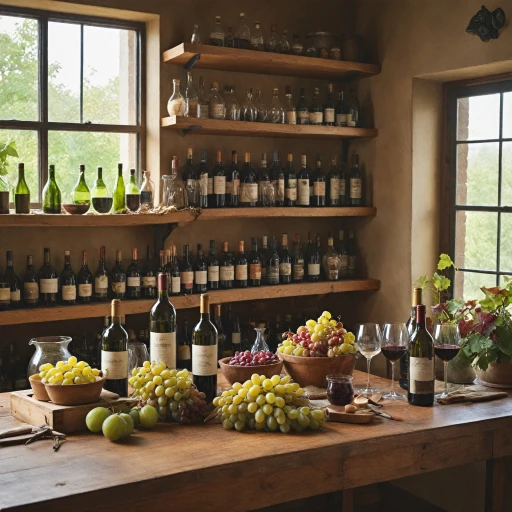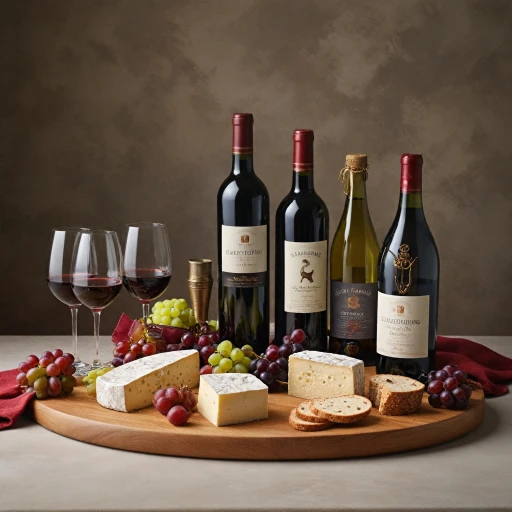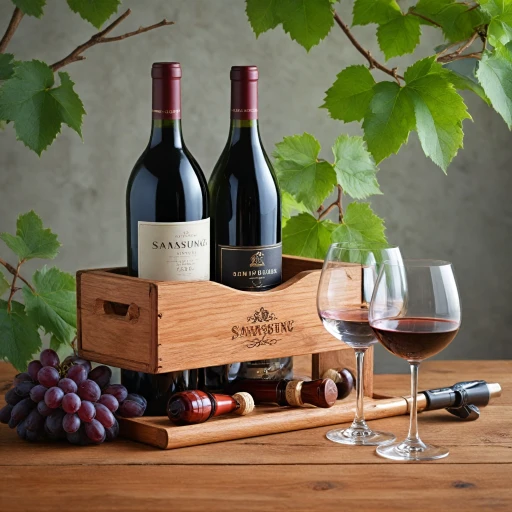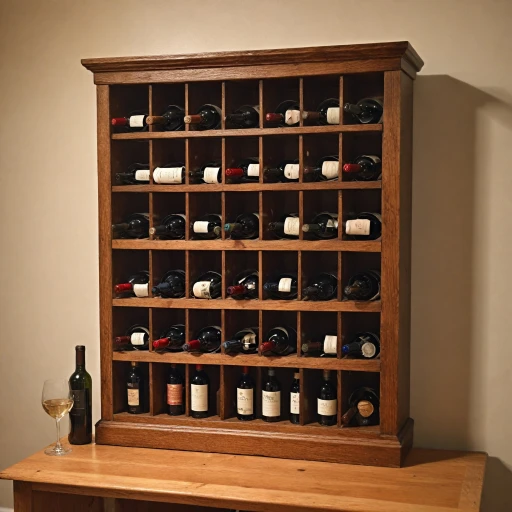
Understanding Your Wine Storage Needs
Evaluating Your Wine Collection
Before diving into the world of wine fridges, it's crucial to assess your wine storage needs. Start by considering the size of your collection. Are you a casual wine enthusiast with a modest assortment, or do you manage an extensive wine cellar filled with a variety of white, red, and sparkling wines? Understanding the number and types of bottles you plan to store will guide you in selecting the appropriate storage solution.
Determining Temperature Zones
Another key aspect is identifying your preferred temperature zones. If your collection includes both red and white wines, a dual zone wine cooler may be the best choice. This type of wine fridge allows you to set separate temperatures for different types of wine, ensuring each bottle reaches its optimal serving temperature. Consider whether a single zone wine fridge suffices for your needs if you primarily store one type of wine.
Assessing Space and Placement
Then, think about where you plan to place your new wine storage unit. Will it fit seamlessly within a kitchen or living area, or is it destined for a dedicated wine room? The available space and desired location will influence whether you choose a freestanding wine cooler or one designed for built-in installation. Knowing your placement options also helps in deciding between models with features like a glass door or stainless steel finish, which can complement your home decor.
Budget and Value Insight
Lastly, evaluate your budget for a wine cooling unit. Prices vary widely, and it's essential to strike a balance between cost and functionality. While some units come with a higher price tag due to advanced features and premium materials, there are options that provide great value for money. Consider assessing the right cooling unit for your compact wine cellar to ensure you make an informed decision that works for your needs.
Key Features to Look for in a Wine Fridge
Essential Features for the Savvy Wine Enthusiast
When selecting a wine fridge, understanding the right size for your wine cubby is pivotal, but this is only the beginning of your journey towards finding the best unit. The features of your wine cooler can significantly affect how your bottle collection ages and tastes over time. Here’s what you should consider:
- Temperature Control: Consistent temperature is crucial for wine storage. Look for models with digital temperature control to ensure your wines are stored at optimal conditions. A dual zone wine fridge might be ideal if you have a mix of red and white wines, as it allows for storing different types of wine at the perfect temperature in separate compartments.
- Compressor vs. Thermoelectric Cooling: Wine fridges often employ either a compressor or thermoelectric cooling system. Compressor units are typically more powerful and better for larger capacities, suitable for those with extensive collections or living in warmer climates. Conversely, thermoelectric models run quieter and are more energy-efficient, ideal for smaller collections.
- Capacity and Bottle Compatibility: Consider how many bottles you need to store. Apart from capacity, check if the fridge accommodates various bottle sizes, including those irregularly shaped bottles of champagne or magnums. A summit bottle unit is great for maximizing storage while maintaining accessibility.
- Door Type and Material: The door is not just an aesthetic feature. A glass door is excellent for displaying your collection but ensure it has UV-protective glass to safeguard wine from light damage. Doors with stainless steel finishes can complement modern kitchen designs.
- Freestanding vs. Built-In: Consider the installation type. A freestanding wine refrigerator gives flexibility in placement, while built wine fridges, often equipped with front-venting compressors, are perfect for seamless integration into cabinetry.
- Price and Brand Reputation: While unit price is a factor, don’t compromise on essential features. Renowned brands often provide better durability and customer service, ensuring your wine cellar investment is secure.
By focusing on these aspects, you’ll ensure your purchase not only accommodates your current bottle collection but also allows for future growth. Smart decisions now will help maintain your wines' integrity for years to come.
Top Wine Fridge Models of the Year
Leading Wine Fridge Models to Consider
Selecting the ideal wine fridge is crucial when it comes to maintaining optimal wine storage conditions. The diverse options in the market offer a range of features tailored for both amateur wine enthusiasts and seasoned connoisseurs. Whynter 20 Bottle Wine Cooler- Capacity and Efficiency: This compact unit efficiently holds up to 20 bottles, ideal for a small but curated collection.
- Design: The stylish black finish with a glass door integrates seamlessly into most modern spaces.
- Performance: Equipped with a reliable compressor, it ensures consistent temperature maintenance.
- Versatile Cooling: This model offers dual zone wine storage, enabling different temperature settings for red and white wines.
- Capacity: 32-bottle capacity caters to larger collections.
- Build Quality: Featuring a stainless steel frame, this unit boasts durability alongside sleek aesthetics.
- Large Capacity: Perfect for extensive wine collections.
- Installation Flexibility: It can be seamlessly integrated as a built-in or used as a freestanding wine unit.
- Advanced Features: Offers precise temperature control and a fan-cooling system for optimal efficiency.
- Compact and Efficient: Suitable for those looking to maximize space with an efficient cooling option.
- Temperature Consistency: Equipped with modern compressor technology that maintains stable temperatures.
- Design: Comes with a sleek design, featuring a black exterior and clear glass door.
Comparing Built-in vs. Freestanding Wine Fridges
Built-in vs. Freestanding: Which is Right for You?
When deciding between a built-in and a freestanding wine fridge, it's essential to consider your specific wine storage needs and the space you have available. Both types of wine fridges offer unique advantages, and understanding these can help you make an informed decision.
Space and Installation
Built-in wine fridges are designed to fit seamlessly into your kitchen cabinetry or bar area. They often feature a front-venting compressor, allowing them to be installed flush with your cabinets. This option is ideal if you want a sleek, integrated look. On the other hand, freestanding wine fridges offer more flexibility in placement. They can be positioned anywhere in your home, provided there's adequate ventilation around the unit.
Temperature Control and Zones
Both built-in and freestanding wine fridges can come with single or dual zone temperature controls. Dual zone wine coolers are perfect for wine enthusiasts who want to store both red and white wines at their optimal temperatures. Consider your collection and whether you need a dual zone wine fridge to accommodate different types of wine.
Design and Aesthetics
Built-in units often feature a more polished look with stainless steel finishes and glass doors that complement modern kitchen designs. Freestanding models, while also available in stylish designs, offer more variety in terms of size and capacity. Whether you prefer a compact unit or a larger wine cellar-like fridge, there's a model to suit your aesthetic preferences.
Price and Value
Price is a significant factor when choosing between these two types of wine fridges. Built-in models tend to be more expensive due to their design and installation requirements. However, they can add value to your home by enhancing your kitchen's overall look. Freestanding wine fridges are generally more affordable and offer great value for those who prioritize flexibility and capacity over integration.
Ultimately, the choice between a built-in and freestanding wine fridge will depend on your personal preferences, budget, and the specific needs of your wine collection. Consider the key features discussed in earlier sections to ensure you select the best unit for your home.
Maintaining Your Wine Fridge for Optimal Performance
Preserving Optimal Temperature and Performance
Maintaining your wine fridge is crucial for ensuring the best performance and longevity of your investment. One major factor to inspect regularly is the temperature control settings of your unit. Wine coolers, whether they are single or dual zone, rely on precise temperature regulation to preserve the quality of your treasured bottles.
Regular Cleaning and Upkeep
To keep your wine fridge in peak condition, it's essential to conduct routine cleaning. Dust and dirt can accumulate on the compressor and inside the fridge, affecting its cooling efficiency. Make it a habit to clean the shelves and the glass door with a mild cleaner to prevent residue buildup. For best results, unplug the unit before cleaning to avoid any electrical hazards.
Monitoring Humidity Levels
Wine storage involves more than just temperature; humidity plays a key role as well. Ensure that your cooler maintains a relative humidity between 50% and 80% to prevent corks from drying out. Most modern wine refrigerators, especially those with stainless steel finishes, come equipped with built-in humidity control systems. This feature is vital for both red and white wine collections.
Handling Minor Repairs Efficiently
Even the best wine fridges may require minor repairs over time. It's important to address issues immediately, such as unusual sounds from the compressor or a malfunctioning door. For budget considerations, sometimes a simple fix can avoid costly repairs or replacements. Regular maintenance checks can prevent small issues from escalating into more serious problems, ensuring your wine cellar remains reliable for years to come.

